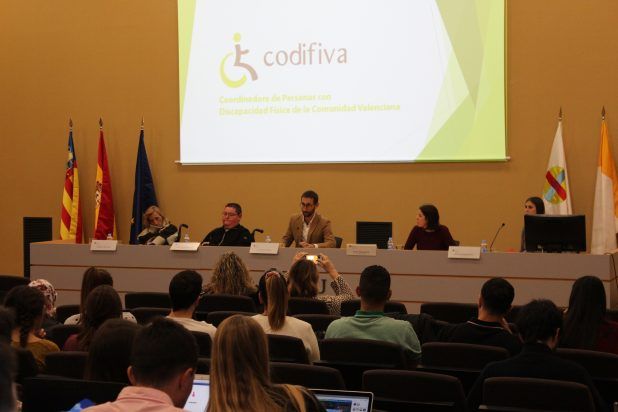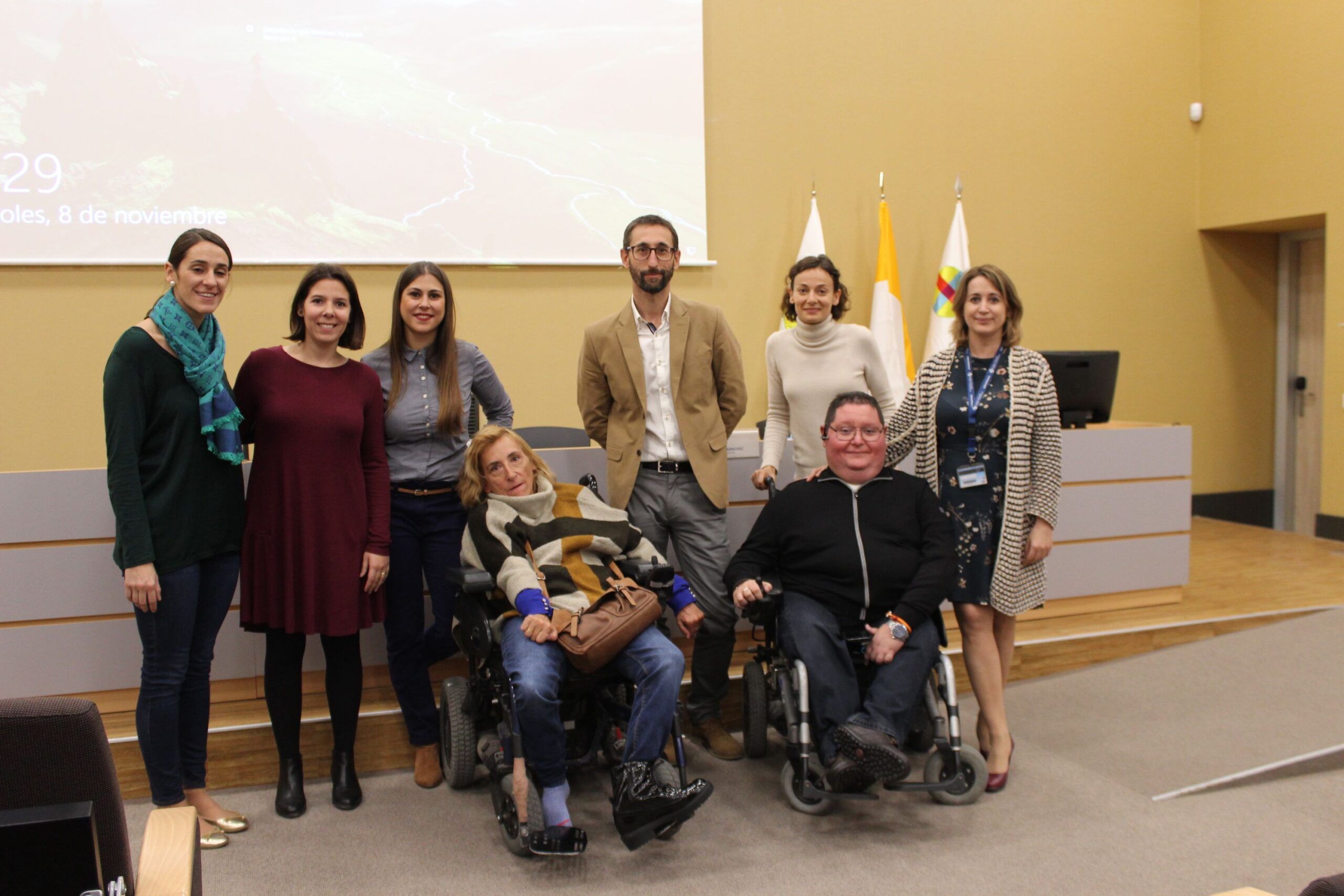Hello fellas! I hope you are doing very well in your studies and have some spare time to attend the Wednesday’s health session. Before anything, we are lucky because we grew healthy, but in the world or just around us, there are so many people with disabilities. Have you ever think of checking all the facilities that a building should have had for disabled patients? That brings me to the health session on 8th November, where we welcomed a wide range of guests: two patients and 2 professionals- all from an organization called CODIFIVA ( Coordinator of people with physical disabilities of the Valencian community).

Get to know the organization
First of all, this organization has been active since 1988, with the aim of promoting the better quality of life and interest of patients by making a series of initiatives which will satisfy the necessities, create employment and improve people´s values; therefore contribute to the equality of the society. From November 2016, the association has moved to the new office with new and modern equipment, in which they hope to reach more people by providing services and programmes.
Professional experiences
Working with disabled patients, the two specialists that have greater responsibilities among others in the first step to recover the patient’s fundamental abilities are the physiotherapist and the speech-language pathologist (SLP). They have to treat, in the end, problems regarding muscular activities: muscular therapist in different immobilize part of the body. Many workshops such as stretching (45 min each) have been organized in order to facilitate the movement of the patient after several months.
It is the first time I have heard a speech from an SLP, which is the study of people suffering from, speech alterations, voice, language, swallowing and hearing. It is totally different treating the muscles from the neck to the head, and the aim of the doctor is to make the patient speaks again. Activities from controlling the respiration, pronunciation, tongue twist served as great methods to improve the communication.
Patient experiences
As I have mentioned before, we have 2 patients: Jaime and Carmen. Both have the problem with the mobilization, so they move with wheelchairs; however, the special thing I have seen that day came from Carmen. She has been in the organization for 4 years, and at first, she lost the speech. She is still on her way to express herself more clearly, but it was a magic that the doctor’s treatment enhances these people’s lives. One curiosity is that there are many dentistry students join the talk, with many discussion on how can dentist participate in the treatment. Another fact is that Spanish students will understand Carmen more than international ones.
The organization is always looking for volunteers and contribute new ideas to their team. Therefore, if you have some spare time, I encourage you to join in some solidarity projects.







